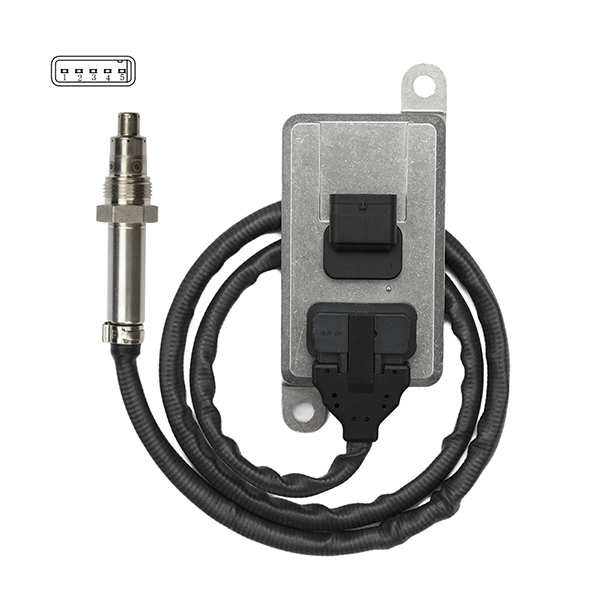Understanding the Nitrogen Oxygen Sensor and Its Role in Engine Performance
2025-04-14
Modern vehicles rely on a range of sensors to monitor engine performance, reduce emissions, and improve fuel efficiency. Among these, the nitrogen oxygen sensor plays a vital role. Though less talked about than the more familiar oxygen (O2) sensor, the nitrogen oxygen sensor is a key component in ensuring cleaner exhaust and better engine control.
What is a Nitrogen Oxygen Sensor?
A nitrogen oxygen sensor is a device that measures the levels of nitrogen oxides (NOx) and oxygen in the exhaust gases of an internal combustion engine. It is commonly found in diesel engines, especially those equipped with selective catalytic reduction systems or other advanced emission control technologies.
The sensor provides real-time feedback to the vehicle's engine control unit (ECU), helping it manage combustion conditions and ensure that harmful NOx emissions are kept within legal limits. This helps vehicles meet strict environmental regulations while maintaining engine performance.
How It Works
The nitrogen oxygen sensor is typically installed in the exhaust system, either before or after the selective catalytic reduction (SCR) system. It detects the concentration of nitrogen oxides using a chemical reaction on its sensing element, usually based on electrochemical or ceramic technology.
The sensor’s readings allow the ECU to adjust the fuel-to-air ratio, exhaust gas recirculation rate, or the amount of urea injected into the SCR system. This process ensures optimal combustion and helps convert harmful gases into harmless nitrogen and water vapor.
Why It Matters
Nitrogen oxides are one of the major contributors to air pollution and smog. They are produced during high-temperature combustion, especially in diesel engines. By monitoring and controlling NOx emissions, the nitrogen oxygen sensor plays a critical role in reducing the environmental impact of vehicles.
In addition to helping with emissions control, the sensor also supports better fuel economy and engine longevity. Engines that operate with optimal combustion tend to perform more efficiently and generate less wear over time.
Common Issues and Maintenance
Like any sensor, the nitrogen oxygen sensor can wear out or fail over time. Common signs of a faulty sensor include poor fuel efficiency, loss of power, rough engine performance, or the appearance of a check engine light. If the sensor fails to provide accurate readings, the ECU may not be able to manage emissions correctly, leading to increased pollution and possible fines in regions with strict vehicle testing.
To avoid problems, regular diagnostics and maintenance checks are recommended. In many cases, the sensor can be cleaned or replaced to restore full functionality.
Conclusion
The nitrogen oxygen sensor may not be the most well-known automotive component, but its importance cannot be overstated. It plays a key role in modern engine management and emission control systems, especially in diesel-powered vehicles. By helping reduce NOx emissions and supporting efficient engine operation, this small sensor contributes to a cleaner environment and a smoother driving experience.



